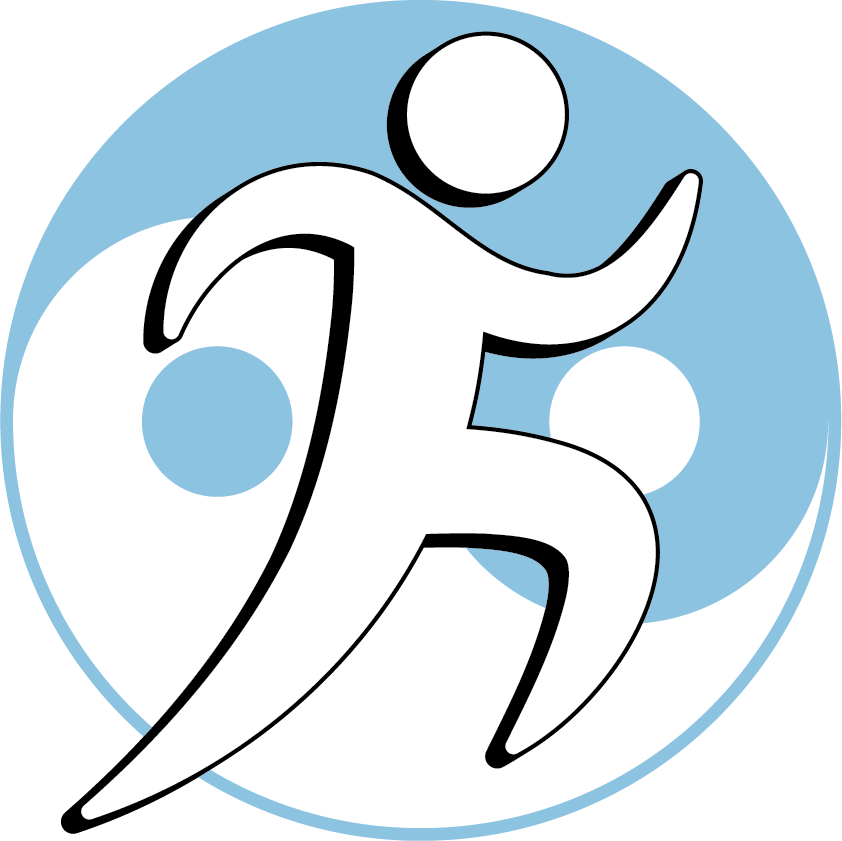Enhance your clinical skills through palpation, inspection and movement
With Instructor Jamie Bender L.Ac., DAOM
Friday, November 7, 2025, 9:00-6:00, at ACCHS, 1600 Broadway, Oakland CA
Precise knowledge of clinical anatomy and kinesiology, and orthopedic/myofascial palpation and inspection, and movement analysis skills, are all essential foundations for diagnosis, and for determining where--and where not--to needle.
This unique class prepares students to get the most from the Shoulder Arm Hand module & Review/Practicum Lab.
Clinical anatomy and the jing-jin ("sinew meridians" or myofascial tracts)
- We will improve our abilities to accurately locate key bony landmarks, muscles, tendons, joints, neural and vascular tissues, through palpation on ourselves and each other, and through review of clinical anatomy.
- Through palpation, observation and movement exercises, we will explore functions of key muscles and their jing-jin associations, as well as functional vs. dysfunctional movement patterns.
- We will review safety considerations, including needling angle and depth, to avoid injuring the many critical structures in this body region.
Enhanced orthopedic palpation and inspection skills
- We will enhance our abilities to feel different tissue types and layers: skin, fascia, muscle, nerve, blood vessel, and bone, with both our hands and needle-tip sensation.
- We will practice inspection and palpation for tissue abnormalities including myofascial trigger points, tendinopathies and joint disorders.
Review of anatomical structure and kinesiologic function
Shoulder Girdle
- Bony landmarks: be able to locate by palpation; know which muscles attach to them, if applicable
- Clavicle
- Scapula
- Medial and lateral borders
- Scapular spine and supraspinous fossa
- Acromion
- Coracoid process
- Head and neck of humerus
- Greater tubercle
- Lesser tubercle
- Deltoid tubercle
- Bicipital groove
- Radial sulcus
- 3 true synovial joints: be able to find the joint lines and ligaments by palpation
- Gleno-humeral (GH): the shoulder joint proper.
- Joint line: anterior, superior, posterior
- Sterno-clavicular (SC): the sole point of attachment of the arm to the axial skeleton.
- Joint line: anterior, superior
- Acromio-clavicular (SC): attaches the clavicle to the scapula, and allows for rotation of the clavicle during scapular motion.
- Joint line: anterior, lateral, superior
- Be able to distinguish AC joint line from the superior aspect of the GH jointline by palpation
- Coraco-clavicular ligaments
- (The “scapulo-thoracic joint:” the scapula moves on the thorax and functions like a joint, but is a structurally a myofascial tissue plane, not a true joint.)
- Gleno-humeral (GH): the shoulder joint proper.
- Myofascial structures that move and stabilize the scapula and humerus, extending from the thoraco-lumbar fascia, lower trapezius, and latissimus dorsi, to cervical spine and occiput, to sternum, clavi-pectoral fascia and upper ribs, to the elbow joint and proximal forearm. Be able to locate by palpation; know attachments and primary functions
- Rotator cuff
- Core: supraspinatus, infraspinatus, teres minor, subscapularis
- Accessory: long heads of biceps and triceps
- Scapular movers and stabilizers
- Pectoralis minor
- Serratus anterior
- Rhomboids
- Trapezius: all three divisions
- Arm movers
- Biceps brachii, including bicipital tendon and transverse humeral ligament
- Triceps brachii
- Coracobrachialis
- Pectoralis major divisions
- Latissimus dorsi
- Teres major
- Deltoids: anterior, medial, posterior
- Rotator cuff
- Neurovascular tracts and critical structures. Be able to locate by palpation
-
- Subclavian artery
- Brachial artery
- Brachial plexus
- (Lungs, relative to above structures; obviously, we don’t palpate these!)
Upper Arm and Elbow
- Bony landmarks: be able to locate by palpation; know which muscles attach to them, if applicable
- Medial epicondyle
- Olecranon
- Lateral epicondyle
- Radial head
- Joints: be able to find the joint lines and ligaments by palpation
- Radio-humeral and radio-capitellar joints
- Ulnar-humeral joint
- Myofascial structures that move and stabilize the elbow. Be able to locate by palpation; know attachments and primary functions
-
-
- Elbow flexors and extensors
- Biceps brachii and aponeurosis
- Brachialis
- Brachioradialis
- Triceps heads
- Elbow flexors and extensors
-
- Neurovascular tracts and critical structures. Know pathways and be able to locate by palpation where superficial
-
- Brachial neurovascular bundle (medial upper arm)
Forearm, Wrist, Hand, and Fingers
- Bony landmarks: be able to locate by palpation; know which muscles attach to them, if applicable
- Radial styloid
- Ulnar styloid
- Radial styloid
- Joints: be able to find the joint lines and ligaments by palpation
- Wrist
- Radio-carpal joint
- Ulnar-carpal joint
- Distal radio-ulnar joint
- 1st carpo-metacarpal joint
- Wrist
-
- Fingers
- Metacarpo-phalangeal joint
- Proximal interphalangeal joints
- Distal interphalangeal joints
- Fingers
- Myofascial structures that move and stabilize the forearm, wrist and fingers. Be able to locate by palpation; know attachments and primary functions; know which are mono- vs. poly-articular muscles
- Forearm
- Supinator
- Pronators teres and quadratus
- Forearm
-
- Wrist and finger extensors
- Extensors carpi radialis longus and brevis
- Extensor digitorum
- Extensors carpi ulnaris
- Wrist and finger extensors
-
- Wrist and finger flexors
- Flexors carpi ulnaris, radialis
- Flexor digitorum superficialis and profundus
- Flexor pollicis longus
- Palmaris longus
- Wrist and finger flexors
-
- Thumb
- Abductor, adductor and opponens pollicis
- Thumb
- Neurovascular tracts and critical structures. Know pathways and be able to locate by palpation where superficial
- Median nerve
- Ulnar nerve
- Radial nerve
- Radial artery
